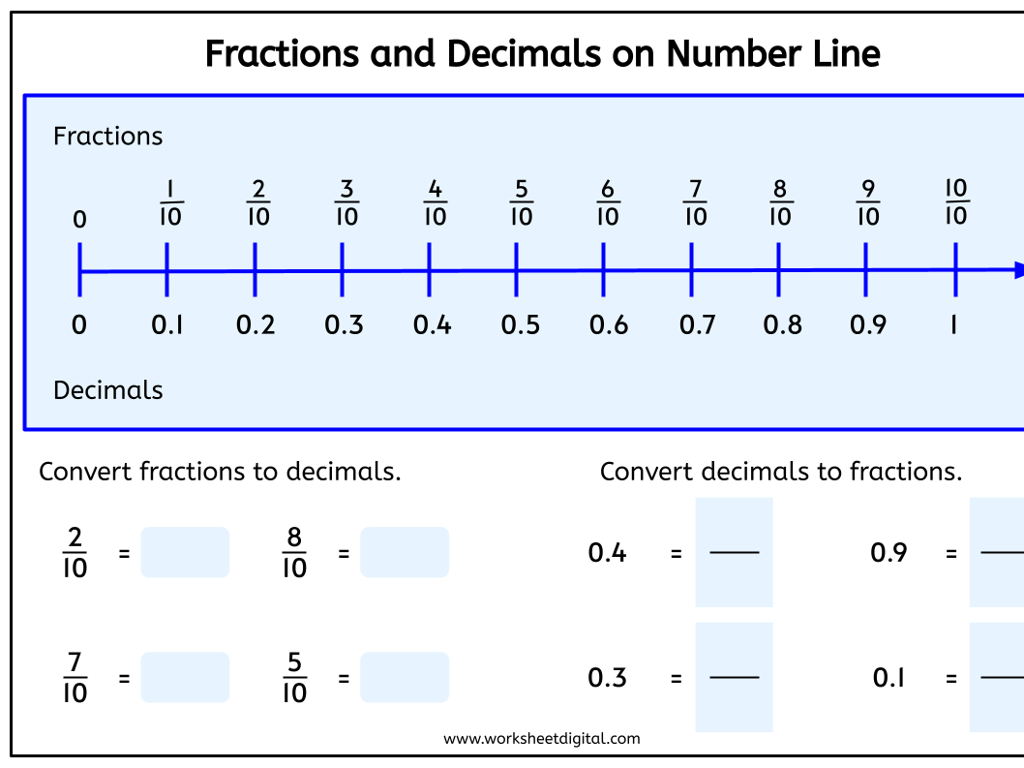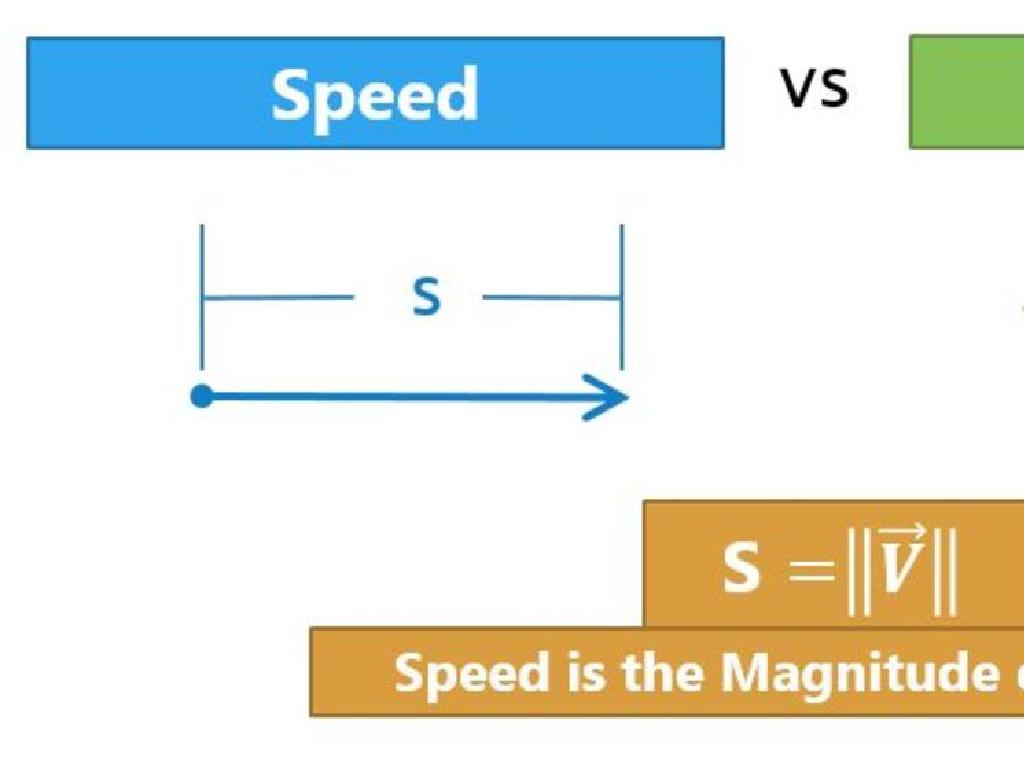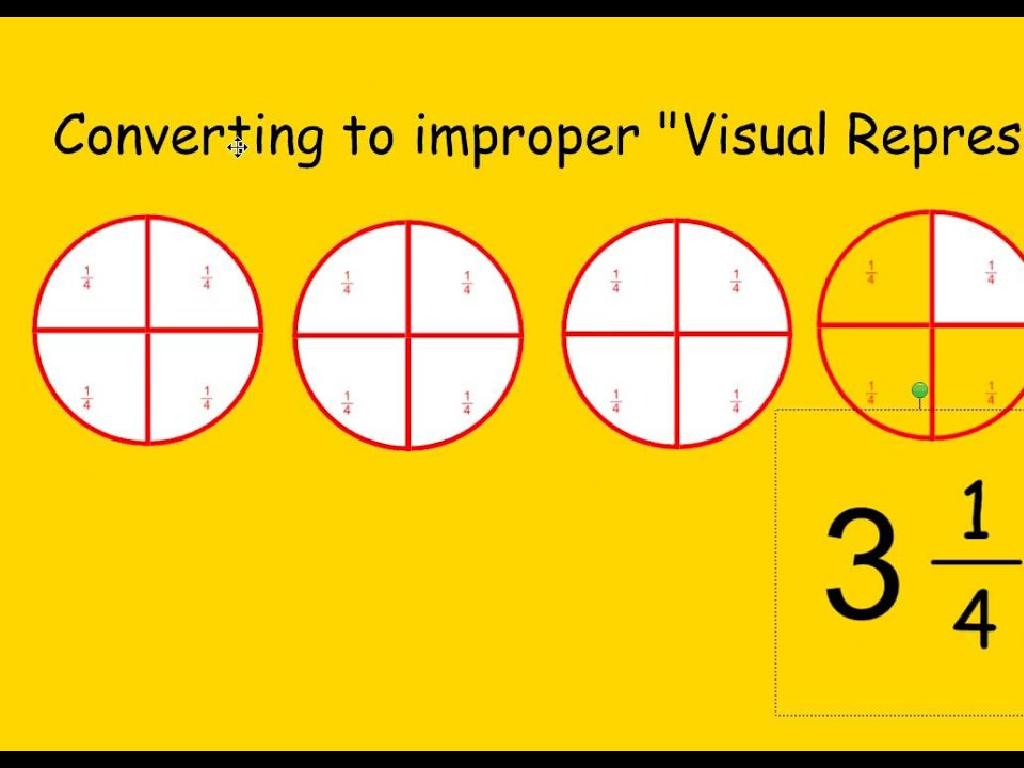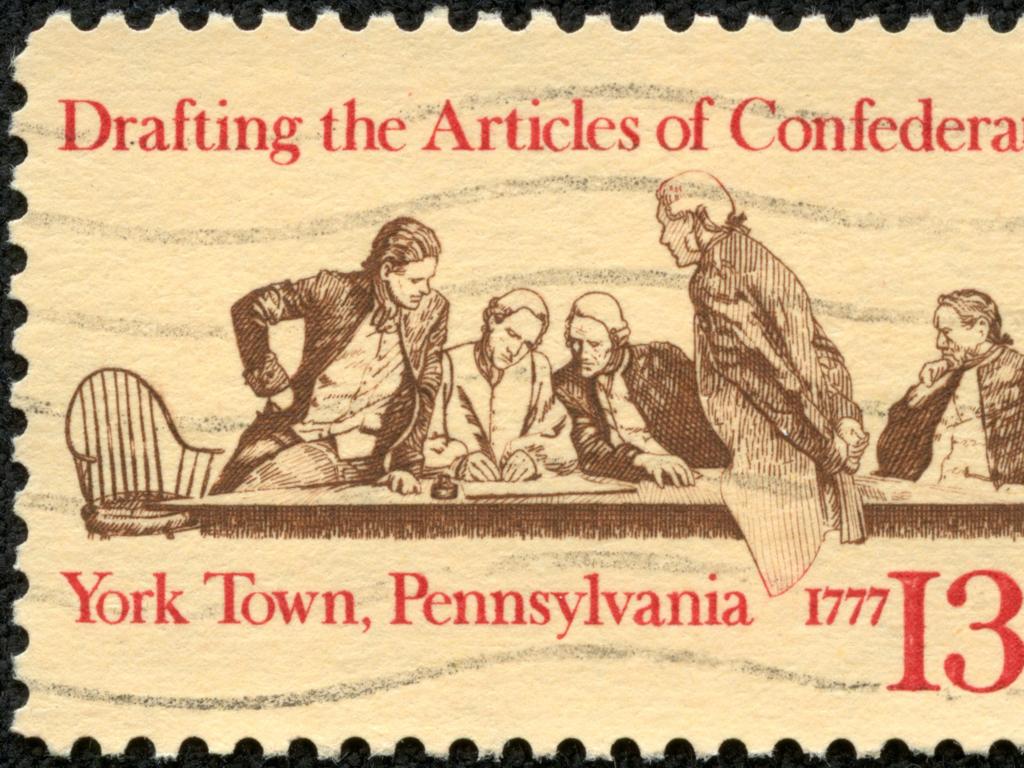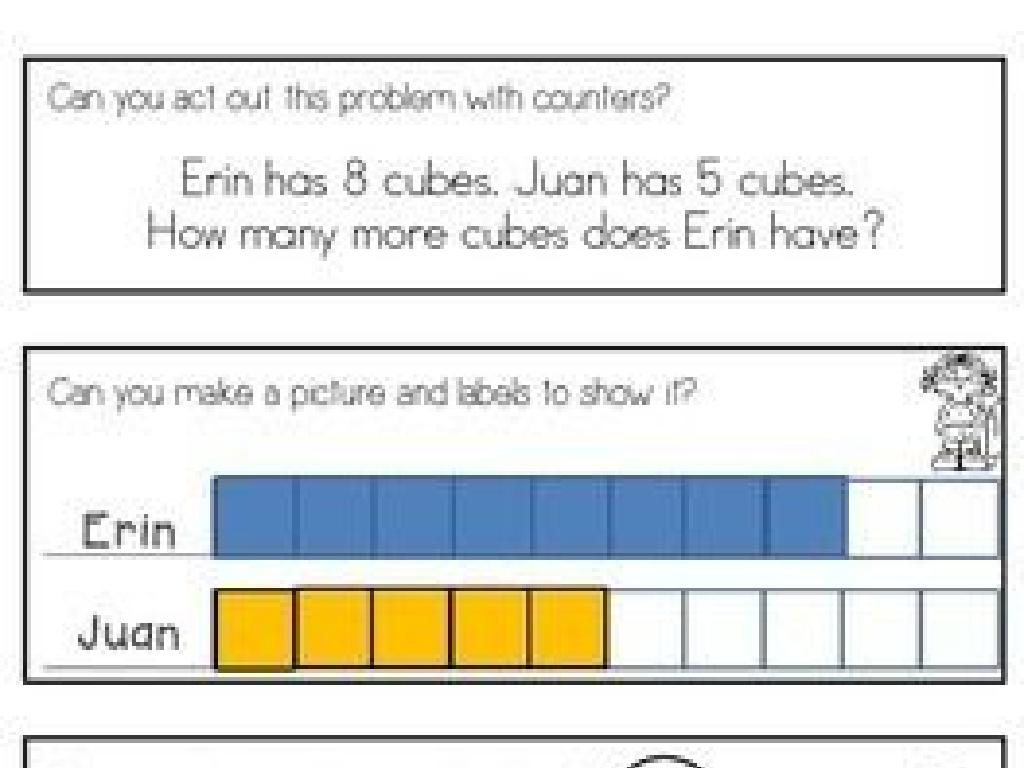Identify Mixtures
Subject: Science
Grade: Third grade
Topic: Mixtures
Please LOG IN to download the presentation. Access is available to registered users only.
View More Content
Welcome to the World of Mixtures!
– Today’s topic: What’s a mixture?
– Mixtures are everywhere!
– A mixture is when two or more things are combined, but they don’t change into something new.
– Everyday mixtures you know
– Think of salad, trail mix, or a box of crayons.
– Let’s explore mixtures together
|
This slide introduces the concept of mixtures to third-grade students. Begin by asking the class if they have ever mixed things together, like different kinds of cereal or various colors of paint, to engage them in thinking about mixtures. Explain that a mixture is when you put things together, and they can be separated back into the original pieces. Use relatable examples such as a fruit salad or a bag of assorted candies to illustrate the idea that mixtures can be made up of different items that keep their own properties. Encourage the students to think of other examples of mixtures they encounter in their daily lives. This will set the foundation for understanding more complex concepts related to mixtures in future lessons.
What is a Mixture?
– Mixtures combine substances
– Substances keep their properties
– Mixtures can be separated
– Like getting raisins out of cereal!
– Examples of everyday mixtures
– Salad, trail mix, and sandy water
|
This slide introduces the concept of mixtures to third-grade students. A mixture is when two or more substances are put together but do not chemically combine, which means each substance keeps its own properties. For example, when making a salad, the tomatoes, lettuce, and cucumbers can be mixed together but each can still be identified and separated. This is different from a chemical reaction where the substances create something new and cannot be easily separated. Encourage students to think of mixtures they encounter in their daily lives and discuss how they might separate them. This will help them understand the concept of mixtures and how they differ from pure substances or chemical compounds.
Types of Mixtures: Science Exploration
– Homogeneous mixtures: same appearance
– Like saltwater, looks uniform
– Heterogeneous mixtures: visibly different parts
– Like salad, see different ingredients
– Identifying mixture examples
– Class activity: Find mixtures at home
– Bring examples to discuss in class
|
This slide introduces students to the concept of mixtures and their types. Homogeneous mixtures are uniform in appearance, such as salt dissolved in water, where you can’t see the separate parts. Heterogeneous mixtures have different parts that are visible, like a salad where you can identify the tomatoes, lettuce, and cucumbers. Encourage students to think of examples from their daily lives and bring in a mixture from home to discuss in the next class. This activity will help them apply their knowledge and understand the concept of mixtures in a tangible way. Provide guidance on safety and supervision for collecting samples.
Exploring Mixtures Around Us
– Spot mixtures in the classroom
– Is air a mixture?
– Yes, air is a mixture of gases like oxygen and nitrogen
– Characteristics of mixtures
– Mixtures are made of two or more substances mixed together but not chemically combined
– Class activity: Find a mixture
|
This slide is designed to engage third-grade students in the concept of mixtures through observation and inquiry. Begin by encouraging students to look around the classroom for examples of mixtures they might find, such as a box of crayons or a jar of mixed candies. Discuss with the class that the air we breathe is also a mixture, composed of different gases. Explain that mixtures can be identified because they are made of different substances that are not chemically bonded and can often be separated physically. For the class activity, have students choose an item they believe is a mixture, describe it, and explain why they think it’s a mixture. This will help them apply their understanding of mixtures to real-world objects.
Mixtures in the Kitchen
– Is fruit salad a mixture?
– Yes, because it’s made of different fruits combined together.
– Separating fruits in salad
– We can pick out each type of fruit one by one.
– Kitchen mixtures examples
– Think of pizza toppings or a bowl of cereal with milk!
– Understanding mixtures
|
This slide aims to help students identify and understand mixtures through relatable examples found in the kitchen. Start by discussing a fruit salad, which is a mixture because it contains different fruits that are combined but not chemically joined. Explain that the fruits can be separated physically, which is a characteristic of mixtures. Encourage students to think of other examples of mixtures they encounter in the kitchen, such as a bowl of cereal with milk or a pizza with various toppings. This will help them grasp the concept that mixtures are all around us and involve different substances put together without chemical bonding.
Separating Mixtures
– Some mixtures separate by hand
– Like picking stones from rice
– Tools like strainers or magnets help
– Use a strainer for spaghetti, magnet for metal in sand
– Different mixtures, different methods
– Sand and water vs. iron filings and sand
– Let’s explore separation techniques!
|
This slide introduces the concept of separating mixtures, which is a key part of understanding mixtures in science. Start by explaining that mixtures are made of two or more substances that can be physically separated. Some mixtures are easy to separate with our hands, like removing rocks from rice. For others, we might need tools like a strainer to separate spaghetti from water, or a magnet to pull iron filings out of sand. Discuss different methods for different types of mixtures and encourage students to think of examples from daily life. The goal is to prepare them for a hands-on activity where they will apply these concepts and try separating mixtures themselves.
Class Activity: Mix & Match!
– Create mixtures with various materials
– Use tools to separate the mixtures
– Magnets for iron, strainers for larger particles
– Team competition: fastest separation
– Discuss the separation process
– Talk about how and why some methods worked
|
This interactive class activity is designed to help students understand the concept of mixtures and the methods used to separate them. Provide a variety of materials such as sand, iron filings, beads, and water for students to mix. Then, give them tools like magnets to remove iron filings and strainers to separate larger particles from finer ones. Organize the class into small teams and challenge them to separate their mixtures as quickly as they can. After the activity, lead a discussion on the different methods used, why certain tools were effective, and what this teaches us about the properties of mixtures. This hands-on experience will reinforce their understanding of mixtures and separation techniques.

